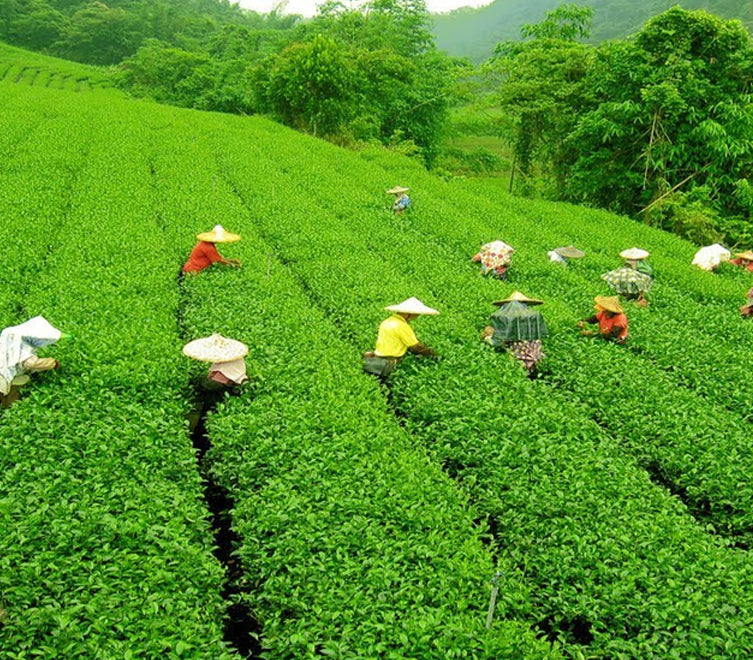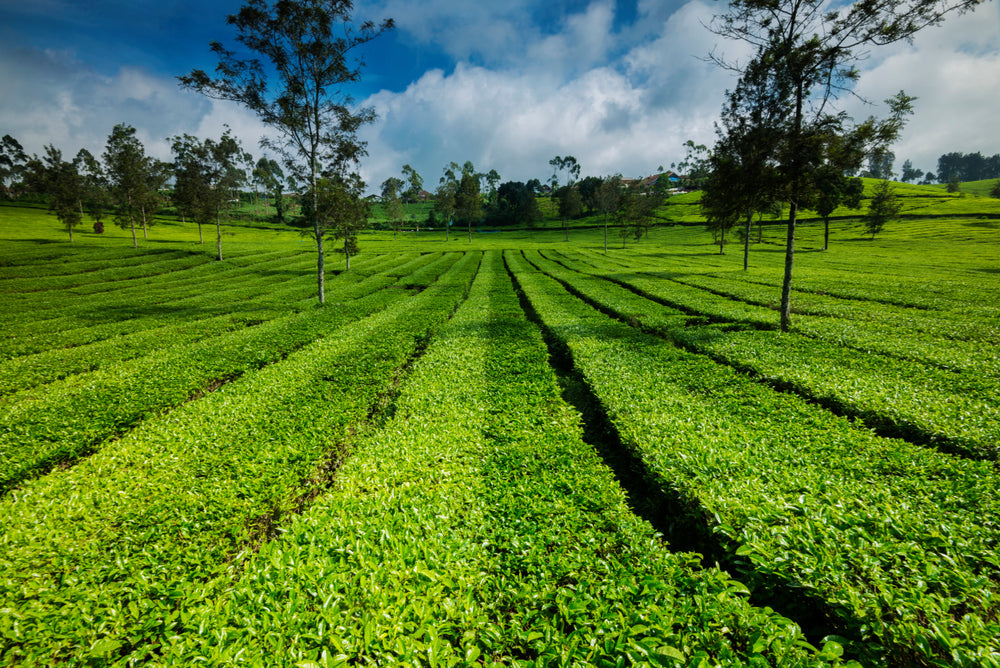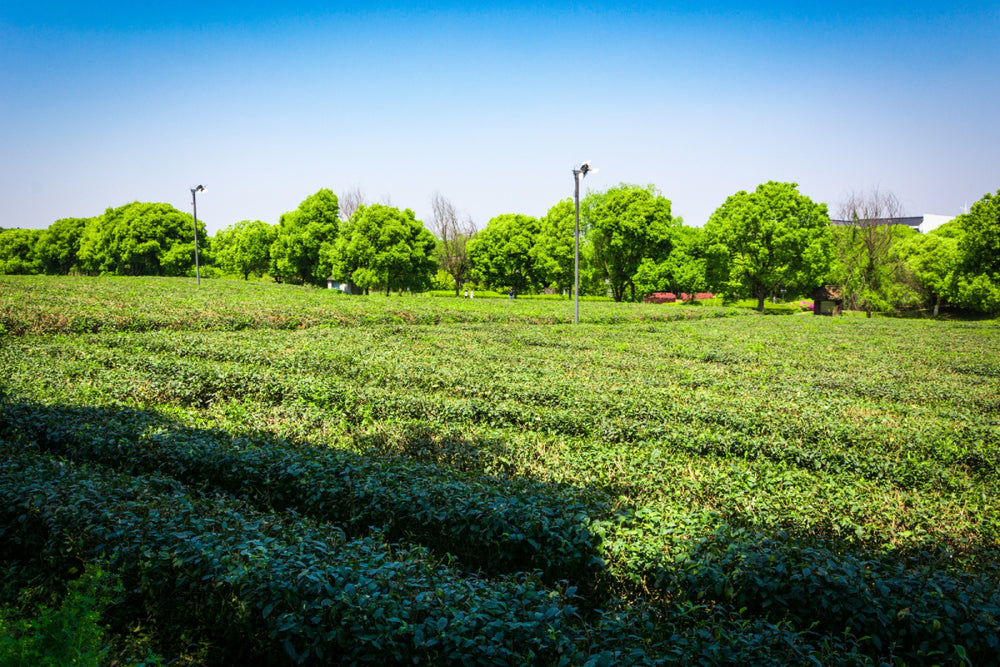
Darjeeling
The Champagne of Teas
Darjeeling, often referred to as the "Champagne of Teas," is perched high in the Himalayan foothills. The cool climate and rolling terraces produce elegant teas with a distinctive floral aroma and a delicate muscatel flavor, making them highly coveted worldwide.
Pure Darjeeling Tea is a Geographical Indication (GI) product in India. The region experiences four distinct harvests each year:
- First Flush (spring): Light, floral, and fresh.
- Second Flush (summer): Bold, with muscatel flavors.
- Autumnal Flush (fall): A mellow, well-rounded taste.
Must-Try Teas: Darjeeling teas are often enjoyed without milk, as their delicate nature shines through best when brewed on their own.

Assam
Bold and Full of Character
Assam, located in the northeastern part of the country, is the largest tea-producing region in India. Known for its lush tea gardens along the Brahmaputra River, Assam offers robust and malty black teas that are central to various blends and consistently favored for their strong, rich flavors. This region’s extensive output makes it a powerhouse in terms of both quality and quantity, significantly contributing to India’s tea exports.
Pure Assam Tea (both CTC and Orthodox) is a Geographical Indication (GI) product in India, recognized for its distinct characteristics and superior quality.
Flushes of Assam Tea:
- First Flush (March–April): Light, brisk, and floral, with a golden liquor.
- Second Flush (May–June): Rich, malty, and full-bodied with muscatel notes. The most prized Assam tea.
- Monsoon Flush (July–September): Bold and strong.
- Autumn Flush (October–November): Smooth, mellow, and slightly sweet.
Each flush highlights Assam's distinct character and versatility.
Must-Try Teas:
- Assam CTC: Known for its brisk, bold flavor, perfect for making strong, energizing cups.
- Assam Orthodox: A whole-leaf black tea with a smooth and refined taste.

Dooars
The Dooars region, located at the foothills of the Himalayas, is renowned for its lush landscapes and biodiversity, making it another significant tea-producing area in India. Characterized by its subtropical climate and rich, loamy soil, the Dooars offer ideal conditions for cultivating the Camellia sinensis variety.
Dooars teas are known for their unique flavor profiles, often featuring a subtle sweetness and briskness that sets them apart. The region’s abundant rainfall and diverse microclimates contribute to the complexity of flavors, with many teas exhibiting floral and malty notes.
The tea gardens in Dooars are typically situated along the banks of rivers, benefiting from the fertile land, which ensures consistent yields. It offers a delightful experience for connoisseurs and is an integral part of India’s rich tea tapestry.












